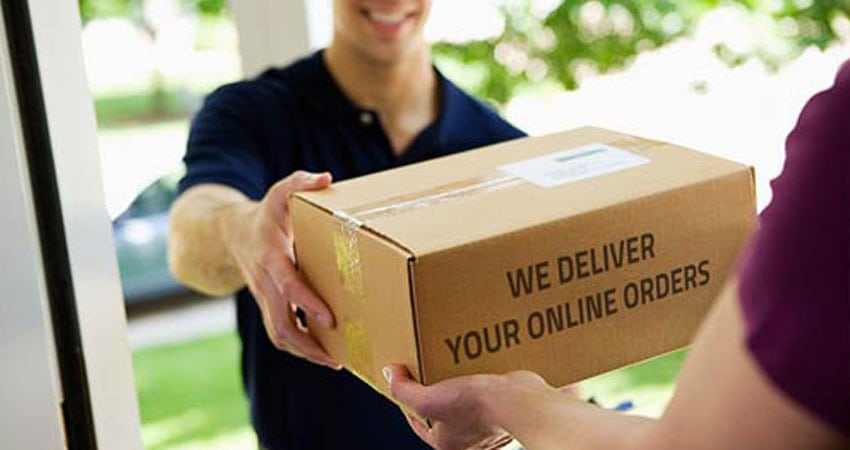Amazon’s recent one-day shipping announcement upped the ante for retailers, but Walmart, Target and the rest still have a major advantage, namely their physical presence. While Amazon scrambles to set up tents in urban centers in order to be closer to their customers, Target is already reporting that its physical stores handle 80% of the company’s ecommerce volume.
Amidst shifting consumer demand and a move toward true omnichannel, retailers’ ability to leverage their physical presence is vitally important. Options such as deliver from store, buy online pickup in store (BOPIS), buy online return in store (BORIS) and delivery drop-offs in lockers are a major advantage over online retailers that operate solely from warehouses and distribution centers.
A recent study found deliver from store is the most popular method to fulfill ecommerce orders. It’s a great way for retailers to meet consumer demand and match or even exceed Amazon’s one-day delivery offering. While Amazon may have deep pockets and great tech, it still doesn’t have the physical footprint. Studies show that by delivering orders from store, retailers can drive 6x more order volume and a 169% increase in conversion rates, offsetting costs and boosting consumer satisfaction. Further, 61% of shoppers want delivery within 1-3 hours which is much easier to achieve if your physical store is down the street from your customer.
But customers aren’t just expecting packages to be delivered from store. In fact, 86% have had items sent to a pickup point and half decide where to make online purchases based on the availability of a BOPIS option. By offering BOPIS, retailers provide their customers with the ability to ensure that the item is in stock and that they get it faster, while avoiding a potential delivery fee. Yet retailers often overlook the tremendous dividends inherent in these offerings: Reducing the cost of delivery and boosting in-store sales. A recent study even found that 85% of customers make additional purchases while picking up an online order.
Any order no matter how it’s fulfilled can have expenses that add up very quickly. In 2018 the National Retail Foundation estimated that $400B worth of merchandise would be returned to retailers. And that’s just the tip of the iceberg because aside from the labor, retailers also incur returns costs related to customer service, “grey market” items that are open box and must be resold and inaccurate financial forecasts. The costs balloon even further when you consider that customers expect the process to be free and want “live” status updates on their returns.
When it comes to the cost and convenience of returns, here too traditional retailers have an advantage. While most don’t have the tech prowess of Amazon, they do have physical store locations that can save them both time and money. Amazon’s own moves demonstrate the value of in-store returns, as they recently closed a deal with Kohl’s allowing customers to return Amazon purchases to Kohl’s stores. While Amazon has no choice but to use a middleman, retailers can handle the process directly, potentially turning a return into an exchange or a sale by offering in-store deals.
Amazon is a tech company at heart and retailers aren’t going to beat them at their own game. But their physical footprint, often derided as part of the “retail apocalypse,” could prove to be their biggest advantage in this age of Queen consumerism: “I want it all and I want it now” is the refrain for purchases and returns. With the shift already happening and Amazon playing catch-up in this regard, retailers need to make the most of their head start.
Guy Bloch is CEO of Bringg

